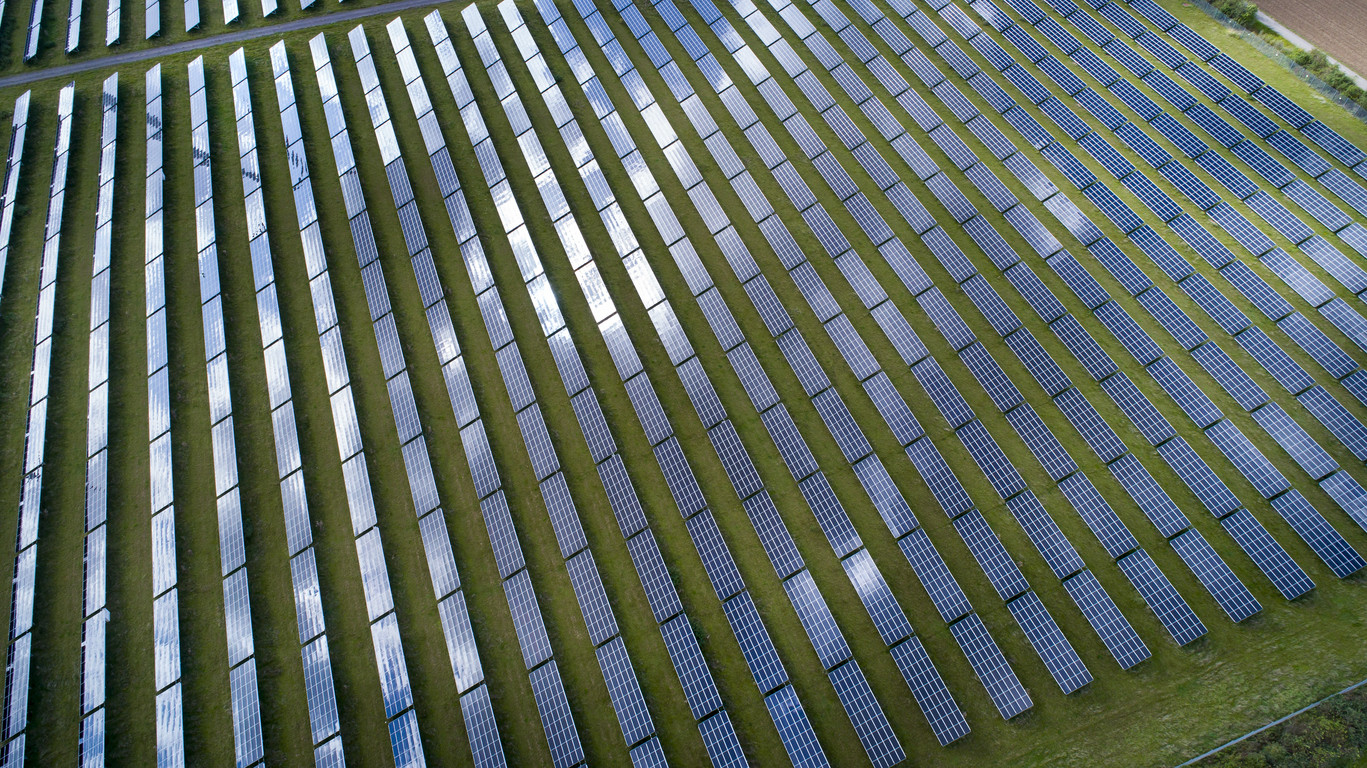There is a reason we do not get all our energy from renewable sources yet. Cost is always at the top of the list and unfortunately, renewable energy often requires special equipment for power production and distribution that drives the price up. However, the price of solar panels has dropped significantly in the last few years and wind turbines have never required any overly special equipment to create or install. So why do large companies still consider these technologies to be unviable for large investments?
Let’s examine the three most well known renewable energies. Wind, solar and hydroelectricity. All of these energy sources rely on some resource in the environment that it does not use up. (For example, air doesn’t stop being air after it turns a wind turbine blade, and water does not disappear after going through a hydroelectric dam.)
However, hydroelectricity, the most renewable energy that requires the largest amount of initial funding, is considered investment worthy by large companies. So price is not the main factor holding wind and solar energy back from a more widespread use.
The answer to why can be gleaned from the hydroelectric industry. Specifically, the high price tag of hydroelectric projects that often run in the billions of dollars. Most of the initial hydroelectric expenses go into constructing the dam and not on the equipment that actually turns the energy of moving water into electricity. What is the main purpose of the dam? To store and regulate the flow of water so that the amount of electricity generated can be controlled and maintained over time.
There lies the key to the initial large-scale success of hydro, the upcoming mass adoption of solar, and the still questionable future of wind. Controlling the input is required to control the output. Controlling the output is important because of the way we live.
We live lives of convenience. We PAY for convenience. We pay to be able to turn on a light switch on demand, to get freshly brewed coffee without waiting for water to boil, for cars to take us places in minutes instead of spending hours walking.
The economy is based on convenience and if you are an energy producer who can’t produce energy on demand you’re not going to be in business for very long.
Hydroelectricity solves this problem by building a dam that monitors the amount of water let through at any one point in time. The engineers have figured out by building the dam a certain height, and by letting water through at a specific rate, they can generate a certain amount of energy over the day without fail – and without large blackouts where the equipment sits idle (a problem with wind energy). The problem is solved with solar.
With wind energy, we don’t have any way to store it and save it up for later use. It blows at variable speeds and you either use it or you don’t. You can’t bottle it for a rainy day. As the owner of a find farm you are much like an old sailor at the mercy of the winds.
Solar had much the same problem. If the clouds are overhead you aren’t going to produce much energy during the day and you certainly aren’t getting any at night. However the increase in battery technology is changing everything. Suddenly we’re finding solar energy can be captured and stored as electricity in large amounts. It is becoming a resource that can be used on demand. Combined with improved battery technology and falling equipment prices, solar energy is well positioned to dominate the power generation industry.
Now, to be fair to wind, you can essentially do the same thing with wind turbines. All you need is a few extra pieces of equipment. However, pound for pound, solar produces electricity more efficiently, with less space and with fewer maintenance costs. Not to mention almost anyone can have a few panels installed on their roof without notice. A tricky feat for a 328ft wind turbine.


